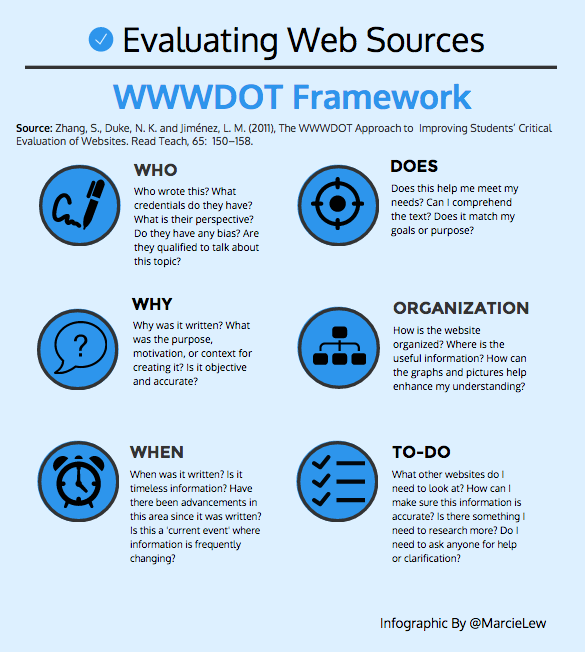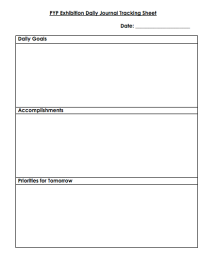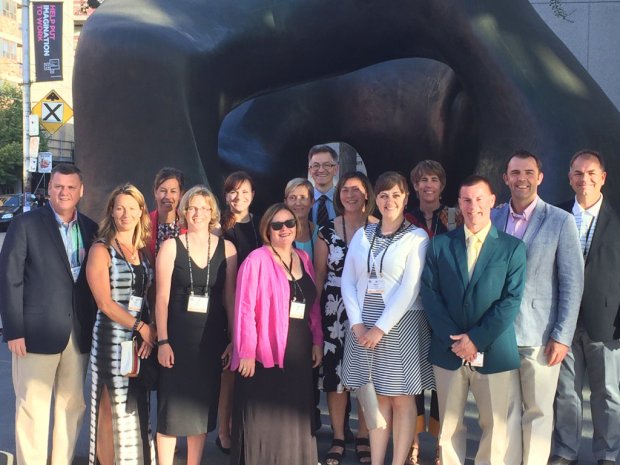This past week, the students in my classroom have been engaged in preparing for and completing a debate connected to our current unit of inquiry on scientific innovation, specifically aviation technology. As I reflect on the past week, I cannot help but think of how debating is a wonderful inquiry based activity that helps engage students in ‘Thinking Empowered Learning’.
In trying to define, inquiry based learning I came across the following article from The Ontario Literacy and Numeracy Secretariat, Capacity Building Series on Inquiry-based learning.

Debating as an instructional activity, naturally places students’ in an atmosphere where they must develop questions, ideas and observations about the resolution being discussed. It also is a respectful way to challenge, test, and redefine ideas about difficult concepts that our students’ may be wondering about. In some cases, students may also be put in a position of defending a position other than their own, causing them to think deeply about the other side of the argument and another point of view or perspective. By supporting students throughout this process, teachers help to engage students in real-world based thinking and provide them with the tools to using thinking to empower their learning in other situations.
As an inquiry based activity, students must research and construct arguments to support their side of their resolution. They also must listen carefully to the opposing perspective and think of ways to form a rebuttal. Through this process, students are challenged to think deeply about the issue being discussed and form their own understanding.
After my class had completed our debate activity, I had each student complete a reflection form where they identified what attributed of the IB Learner Profile and attitudes they had displayed or developed while preparing, debating, or observing. It was interesting to read their responses and the variety of attributed that they mentioned. I would have also liked to include the Approaches to Learning as I think that many of them used a wide number of these skills as well.
Below are some of the descriptions of the attributes my students felt that they displayed our developed through participating in an debate.
Preparation Phase
– Communicator – “I worked together with my partner to research and write down facts and decide who was going to say what.”~H
– Risk Taker – “I never debated before so I took a risk in trying something new.”~R
– Inquirer – “I had a lot of questions and I wanted to learn more about my topic.”~A
– Cooperative – “I had and idea and wanted to share it, I waited for the person talking to stop.”~S
Debate
– Knowledgeable – “I knew all of the ‘cons’ of aviation and I got to share it with others.” ~H- Enthusiasm – “You had to be excited about the topic and show you were happy to be there and happy to learn.”~R
– Open-Minded – “I had to listed to the oppositions notes in case I had to rebuttal and say something that I did not agree with.”~A
– Communicator – “I was talking to my audience and I thought about how to get their full attention and when I was presenting I gave them the full package.”~R
– Confidence – “I didn’t back down and I felt very confident in front of the class.”~B
Observing Other Debates
– Curious – “I wanted to know what the others’ side opinion was.”~H
– Thinker – “You have to be thinking, how could you make my debate better next time.”~R – Reflective “You have to reflect on the other debates and think how could I make my debate better.”~A
I would like to continue to explore the use of debate in the inquiry based classroom and develop some age appropriate resources for the students in the PYP. I believe that it is a wonderful activity to engage students in ‘Thinking Empowered Learning’.



